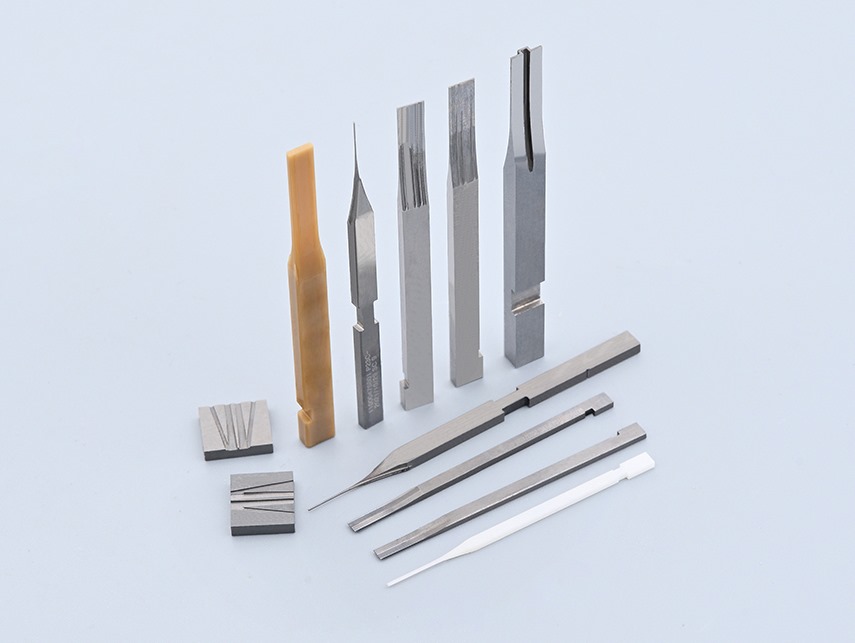When processing mold parts, it is very important to confirm the accuracy. So what aspects of accuracy should be confirmed? XP Mold will introduce to you:
1. Dimensional accuracy
Dimensional accuracy is reflected in the degree of fit between the actual size and the center of the design dimensional tolerance band after the mold parts are processed. Simply put, it is whether the actual size of the part can accurately fall within the allowable error range. This accuracy is constrained by the dimensional tolerance, which refers to the allowable dimensional variation range during part processing. When the basic dimensions are the same, the smaller the tolerance value, the higher the dimensional accuracy.
2. Positional accuracy
Positional accuracy refers to the degree of deviation between the actual position relationship and the ideal position relationship between different surfaces after the mold parts are processed. For example, whether the two planes remain strictly parallel, whether the axis of the hole is perpendicular to the reference plane, etc. Its evaluation items include 8 items such as parallelism, verticality, inclination, coaxiality, symmetry, position, circular runout and total runout, which are controlled by position tolerance, and each item is divided into 12 accuracy levels (level 1 is the highest and level 12 is the lowest).
3. Shape accuracy
Shape accuracy focuses on the degree of proximity between the actual surface geometry and the ideal geometry of the mold parts after processing. For example, whether the plane of the part is flat enough, whether the cylindrical surface is regular enough, etc. The indicators for evaluating shape accuracy include straightness, flatness, roundness, cylindricity, line profile, etc. These accuracy indicators are controlled by shape tolerance. In terms of accuracy level classification, except for roundness and cylindricity, which are divided into 13 levels (level 1 is the highest and level 13 is the lowest), the rest are divided into 12 levels (level 1 is the highest and level 12 is the lowest).
In general, mold parts processing must take into account the coordinated control of dimensional accuracy, shape accuracy and position accuracy at the same time. In terms of the priority of accuracy requirements, the principle of "shape error ≤ position tolerance ≤ dimensional tolerance" is usually followed: for precision mold parts or key functional surfaces, the shape accuracy requirement should be higher than the position accuracy, and the position accuracy requirement should be higher than the dimensional accuracy.
XP Mold always applies this principle throughout the entire process of mold design and processing. Whether it is a small accessory for a micro precision mold or a core structural part for a large mold, XP Mold will formulate precision standards based on the functional importance of the parts. Through the full-chain management model of "design source control + processing process monitoring + finished product precision testing", the three major precision indicators are controlled in the optimal matching state, and ultimately provide customers with high-quality mold accessories that are both stable and durable, helping customers achieve efficient and accurate production needs.

